Mode of freight transaction
In international trade, if the goods are to be exported, the relevant matters of freight can be transferred to the freight forwarding agency. First of all, it is necessary to understand several common ways of international freight transaction.
1. FOB FOB price
Generally speaking, the foreign customer has appointed a freight forwarder, and only the shipper needs to arrange the trailer at the port of shipment and customs declaration.
Also have EXW factory price directly in the factory delivery or the customer designated place delivery trailer customs clearance is the guest arrangement, the customer pick up the goods, the factory delivery can be.
2. CIF plus insurance and freight
General understanding is that the door to the port of arrival (including the port of shipment trailer + customs clearance + sea freight) now generally does not include insurance, the customer requires to buy insurance according to the value of the goods, also can use the term CIP is just CIF generally only used in the sea, CIP is applicable to a variety of modes of transport including multi-modal transport, such as air freight.
3. DDU double duty paid delivery
DDP refers to the delivery after tax payment (including tax). In common understanding, it is door to door. It is often said that the double clearance package includes the trailer at the port of shipment + customs clearance + sea transportation + customs clearance at the port of destination.
Therefore, it is better to explain FOB/CIF/DDU/DDP when making an inquiry to the forwarder.
If it is FOB, please provide: name of goods/type of container/quantity/weight/loading address/port of shipment/bill of lading or documents.
Of course, may also be a bulk cargo, do not need to provide the type of container only need to provide the quantity: a few sides.
The difference between bill declaration and document declaration
Only the enterprises/factories with export rights have the documents. The documents and customs declaration need to provide a complete set of customs declaration materials to the forwarder/customs broker.
The country stimulates the export, carries on the tax refund to the enterprise that has the export authority so, the enterprise that the document declares at the customs mainly is may apply for the tax refund to return how many specifically depends on the national policy that the goods corresponds.
Paying customs declaration refers to the enterprise that does not have the right to export, with the help of other people’s documents for customs declaration, so paying customs declaration does not need to provide documents of course, also do not enjoy the right of tax refund.
CIF needs to provide:
Name of goods/container type/quantity/weight/loading address/port of shipment/bill of payment or documents, and DDU/DDP of port of destination may be required to provide the value/destination address/consignee information based on the CIF information according to the specific requirements of the customer.
When the forwarder receives the above information, it will give the consignor (customer) the quotation and confirm the quotation before receiving the order. Generally, the customer shall provide the packing list/shipping record to the customer to fill in the information and confirm the order (including packing list information/shipping date, etc.).
Take CIF as an example:
The forwarder shall book space with the shipping company, arrange the trailer (listing the container number, license plate number, driver and contact number) and issue SO (booking manifest/bill of lading) to the shipping company.
The suitcase to the trailer driver, the driver took the suitcase single go and play in the yard, a single, will get a “equipment receipt” (a type of multigang) and a seal the driver holds the data to the specified empty tank yard, and then to the factory loading, factory after packed the goods, the seal the box with seal (usually take pictures) and then seal good container back to the dock.
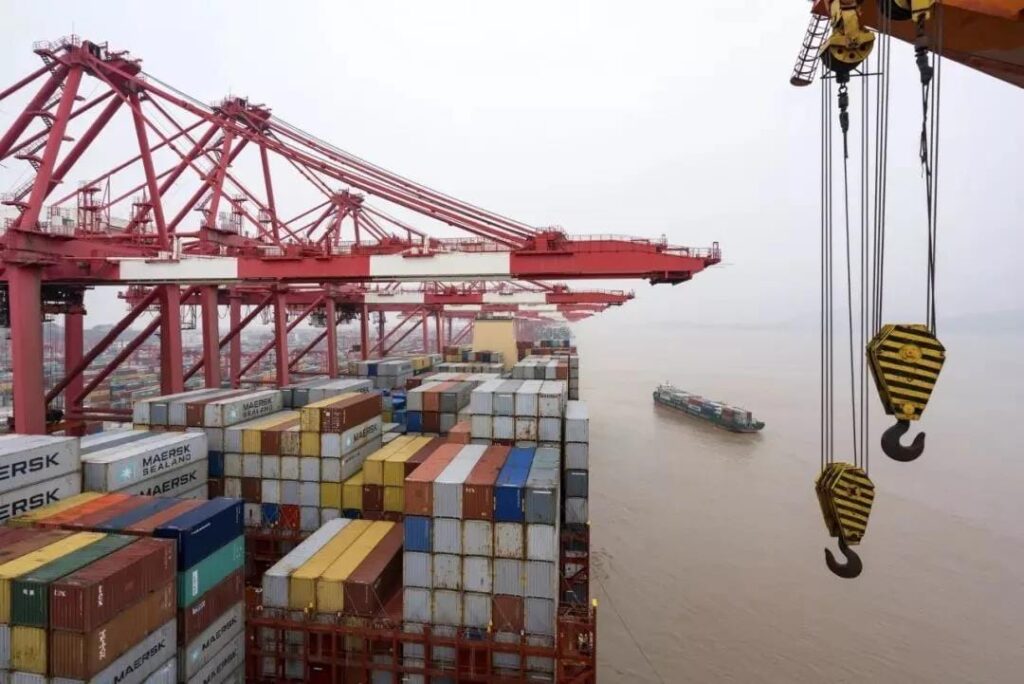
After the container arrives at the depot, the depot will deliver the goods according to the prearranged manifest provided by the forwarder. Only after the “prearranged manifest” and “arrival information” are available, can the customs declaration be made by the customs broker. Usually, it is better to leave two days for the declaration (before the vessel is cut off).
This is the process. Other matters depend on the specific situation. The customer can pick up the container and clear the customs after the goods arrive at the port with the information such as bill of lading/invoice/packing list.
The most common way of transaction is: EXW FOB CFR CIF
(EXW)
EXW (Ex Works), which means “Ex Works” in Chinese, means that the delivery is completed when the seller hands the goods over to the buyer for disposal at its location or other designated location (such as a workshop, factory or warehouse), and the seller does not clear the goods for export or load them onto any means of transport.
[notes]
Under this mode of trade, the seller is generally unable to obtain transport documents for export goods.
Customs declaration transaction mode column will generally be printed as “FOB”.
[“]
“Free On Board” means a transaction On a FOB basis in which the buyer is responsible for sending a ship to pick up the goods. The seller shall load the goods On Board the vessel designated by the buyer at the port of shipment and within the time limit specified in the contract and shall notify the buyer in good time.
[CFR (C&F)]
CFR (Cost and Freight) means that, delivered on board the ship at the port of shipment, the seller will pay for the Cost of transporting the goods to the port of destination.
[CIF]
CIF (Cost,Insurance and Freight) in Chinese means “Cost,Insurance and Freight”, according to this term, the transaction, the composition of the price of goods include from the port of shipment to the agreed port of destination of the usual Freight and agreed Insurance, so the seller in addition to the same obligations with the CFR term, but also for the buyer to cover Freight Insurance, pay Insurance premiums.
FOB, CFR, CIF these three methods of transaction risk transfer are based on the port of shipment for the boundary
CFR (C&F) usually means FOB+ freight
CIF usually means FOB+ freight + insurance premium

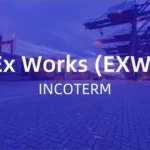
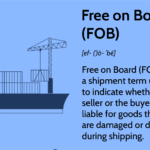
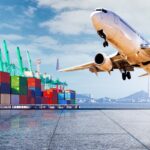
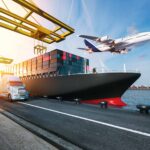

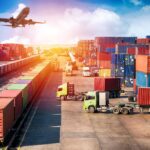
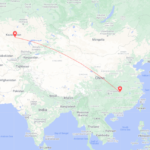



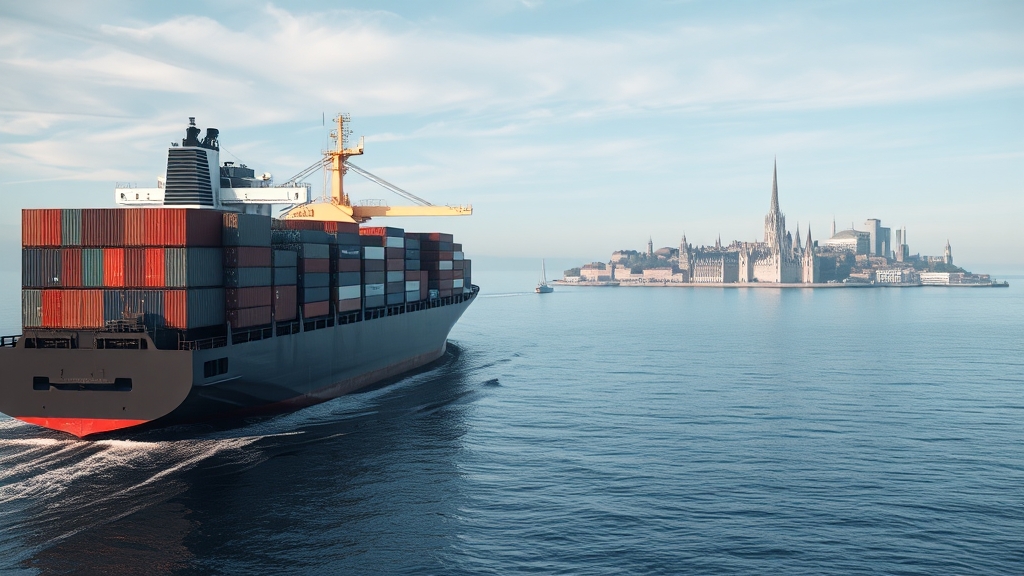
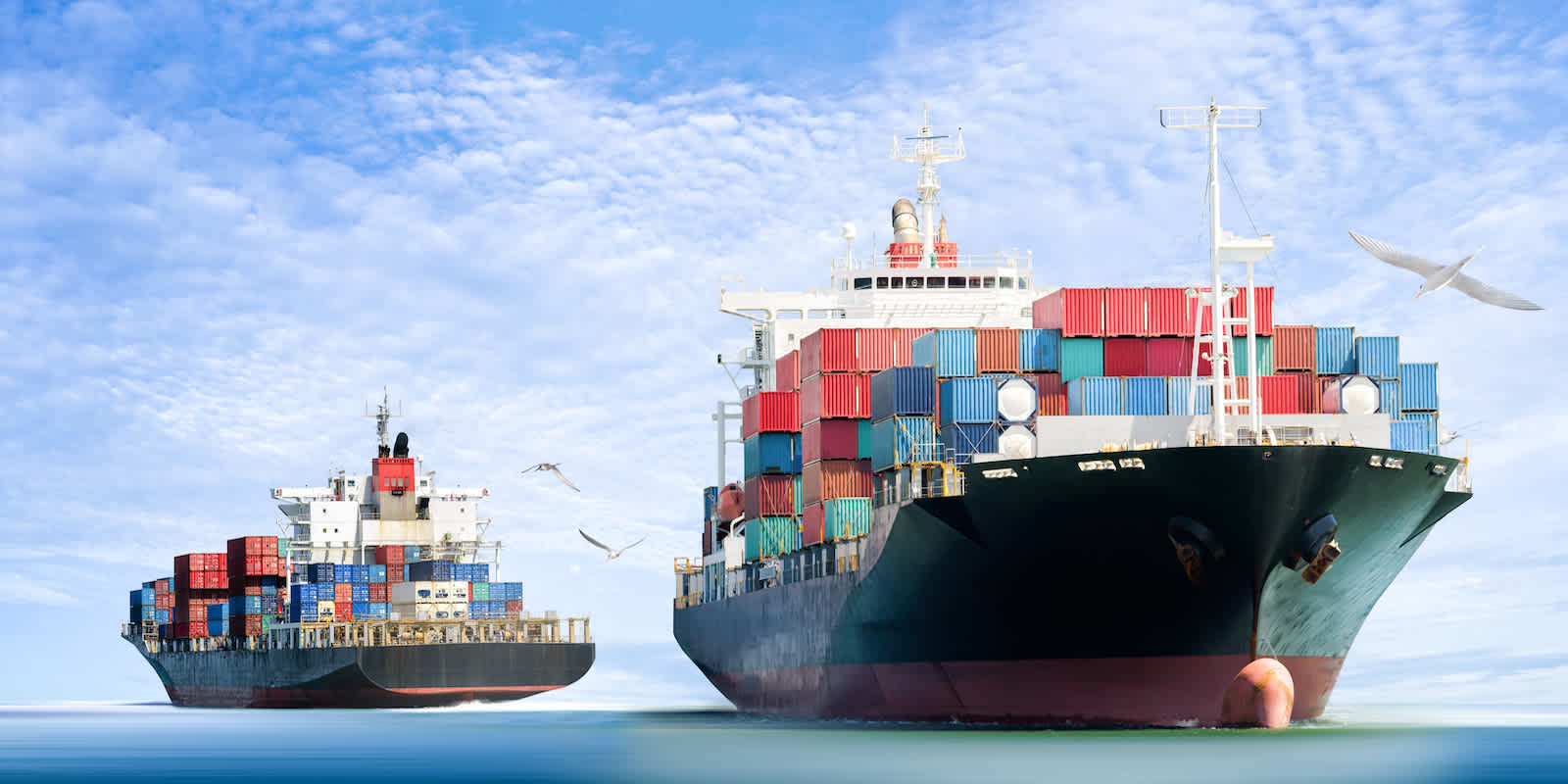
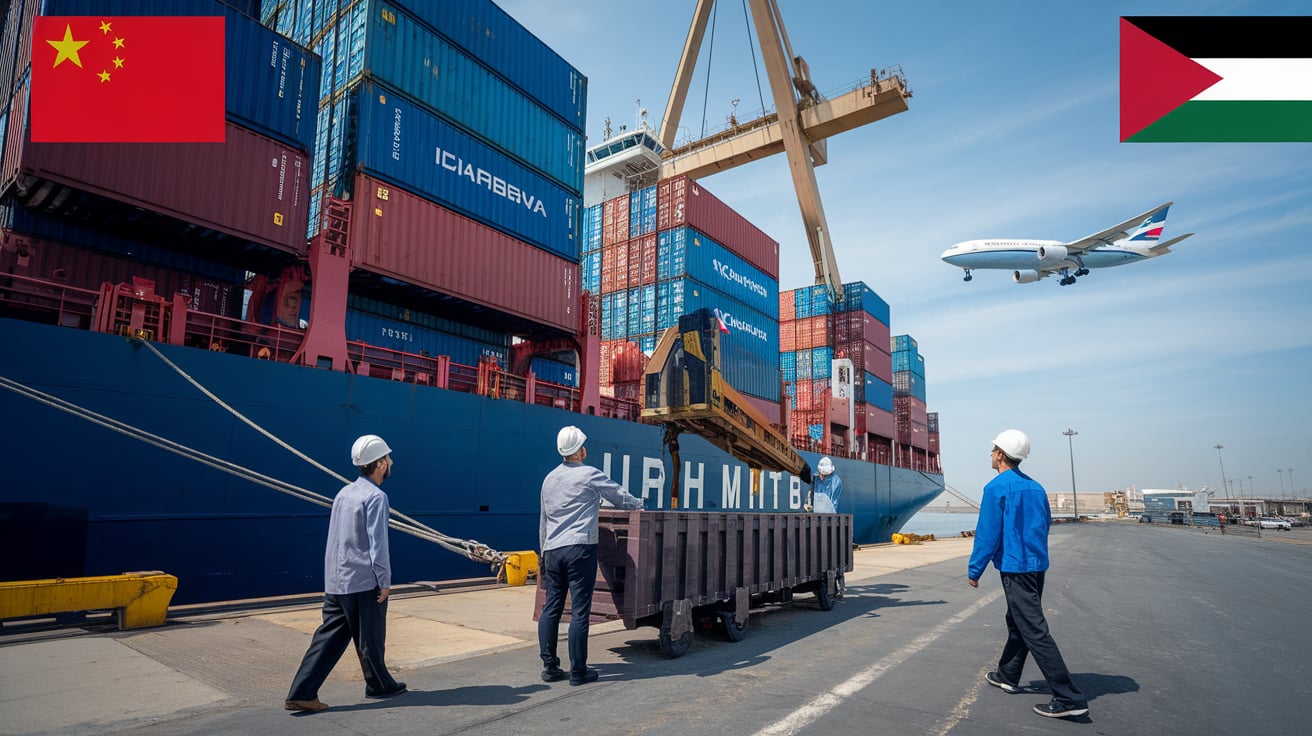
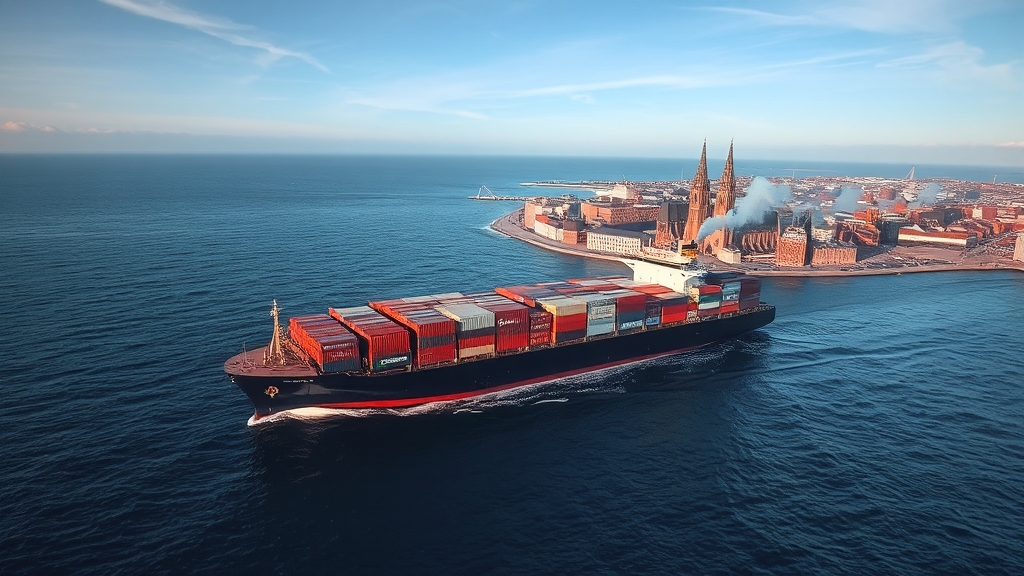
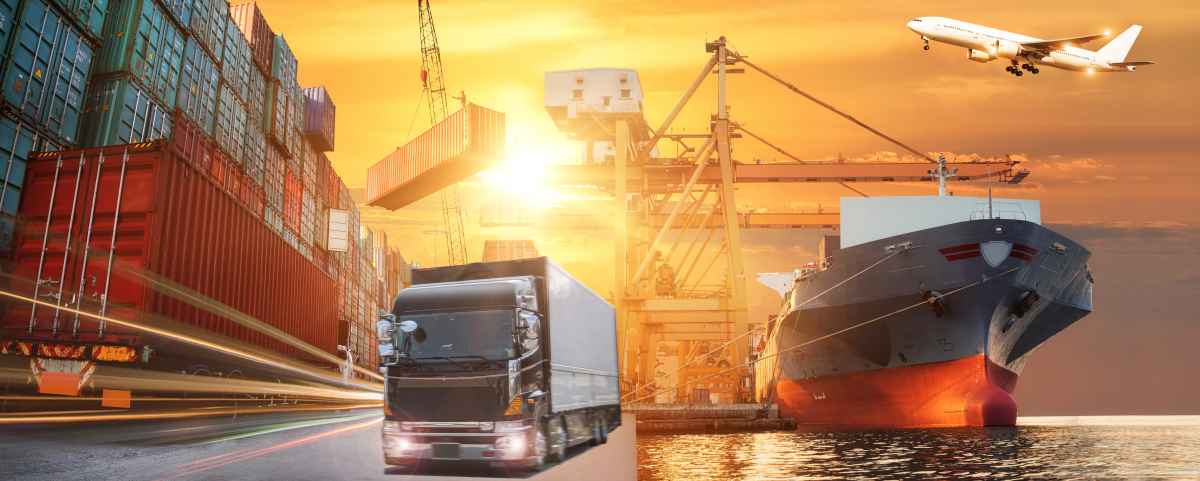





 Afrikaans
Afrikaans Shqip
Shqip አማርኛ
አማርኛ العربية
العربية Հայերեն
Հայերեն Azərbaycan dili
Azərbaycan dili Euskara
Euskara Беларуская мова
Беларуская мова বাংলা
বাংলা Bosanski
Bosanski Български
Български Català
Català Cebuano
Cebuano Chichewa
Chichewa 简体中文
简体中文 繁體中文
繁體中文 Corsu
Corsu Hrvatski
Hrvatski Čeština
Čeština Dansk
Dansk Nederlands
Nederlands English
English Esperanto
Esperanto Eesti
Eesti Filipino
Filipino Suomi
Suomi Français
Français Galego
Galego ქართული
ქართული Deutsch
Deutsch Ελληνικά
Ελληνικά Kreyol ayisyen
Kreyol ayisyen Harshen Hausa
Harshen Hausa Ōlelo Hawaiʻi
Ōlelo Hawaiʻi עִבְרִית
עִבְרִית हिन्दी
हिन्दी Hmong
Hmong Magyar
Magyar Íslenska
Íslenska Igbo
Igbo Bahasa Indonesia
Bahasa Indonesia Gaeilge
Gaeilge Italiano
Italiano 日本語
日本語 Basa Jawa
Basa Jawa ಕನ್ನಡ
ಕನ್ನಡ Қазақ тілі
Қазақ тілі ភាសាខ្មែរ
ភាសាខ្មែរ 한국어
한국어 كوردی
كوردی Кыргызча
Кыргызча ພາສາລາວ
ພາສາລາວ Latin
Latin Latviešu valoda
Latviešu valoda Lietuvių kalba
Lietuvių kalba Lëtzebuergesch
Lëtzebuergesch Македонски јазик
Македонски јазик Malagasy
Malagasy Bahasa Melayu
Bahasa Melayu മലയാളം
മലയാളം Maltese
Maltese Te Reo Māori
Te Reo Māori मराठी
मराठी Монгол
Монгол ဗမာစာ
ဗမာစာ नेपाली
नेपाली Norsk bokmål
Norsk bokmål پښتو
پښتو فارسی
فارسی Polski
Polski Português
Português ਪੰਜਾਬੀ
ਪੰਜਾਬੀ Română
Română Русский
Русский Samoan
Samoan Gàidhlig
Gàidhlig Српски језик
Српски језик Sesotho
Sesotho Shona
Shona سنڌي
سنڌي සිංහල
සිංහල Slovenčina
Slovenčina Slovenščina
Slovenščina Afsoomaali
Afsoomaali Español
Español Basa Sunda
Basa Sunda Kiswahili
Kiswahili Svenska
Svenska Тоҷикӣ
Тоҷикӣ தமிழ்
தமிழ் తెలుగు
తెలుగు ไทย
ไทย Türkçe
Türkçe Українська
Українська اردو
اردو O‘zbekcha
O‘zbekcha Tiếng Việt
Tiếng Việt Cymraeg
Cymraeg יידיש
יידיש Yorùbá
Yorùbá Zulu
Zulu